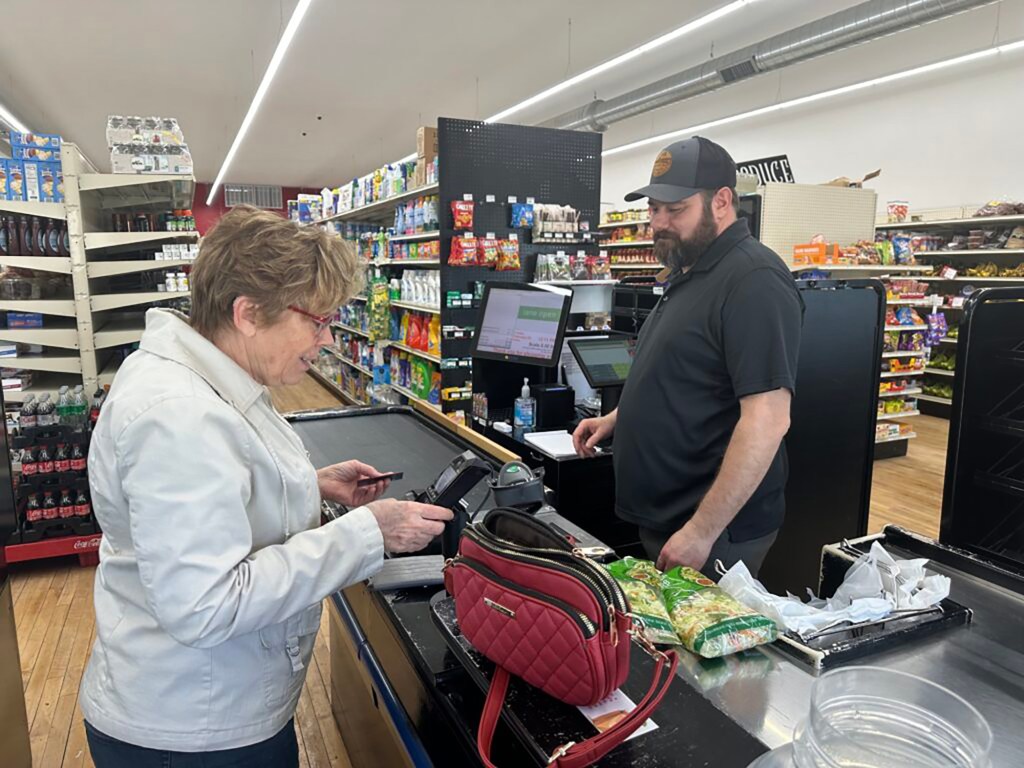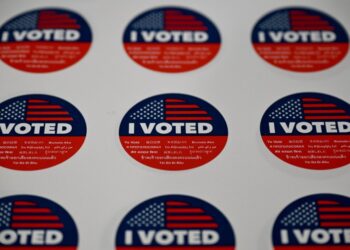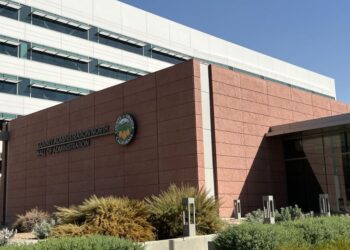EMERSON, Neb. — Corliss Hassler rushes in the front door of Post 60 Market and heads straight for the produce case.
“I’m back,” she announces.
It’s around lunchtime, but it’s already her second trip in today — this time, she’s picking up a few items for the Friday fish fry at the local Catholic church.
Hassler is a regular customer and investor in the small grocery store, opened in 2022 as a cooperative. The store provides convenience, sure: It’s the only place in town to buy fresh fruits, vegetables and meats. But it’s also a social hub for the northeast Nebraska town of Emerson, population 891.
“The store is the lifeblood of the community,” Hassler said. “We have to keep our store, we have to keep our schools, we have to keep our churches — and it’s all a struggle right now.”
The market opened four years after the closure of the town’s only grocery store. Some 110 community members bought shares, which funded the transformation of a shuttered American Legion post into a brightly lit store packed with fresh and packaged foods.
Preserving grocery stores has been a perennial challenge for rural communities. Small, often declining populations make it tough to turn a profit in an industry known for its razor-thin margins. Increased competition from online retailers, the onslaught of chains such as Dollar General stores and an aging lineup of independent grocers have only made things tougher.
The U.S. Department of Agriculture has tracked the decline of rural grocery stores.
By 2015, USDA research showed a total of 44 counties had no grocery store at all — all but four of the counties were rural.
In Kansas, 1 in 5 rural stores closed between 2008 and 2018, according to the Rural Grocery Initiative at Kansas State University. No new store has opened in half of the 105 communities that lost grocers over that time.
Proposed legislation at Nebraska’s capitol in Lincoln could provide…
Read the full article here







